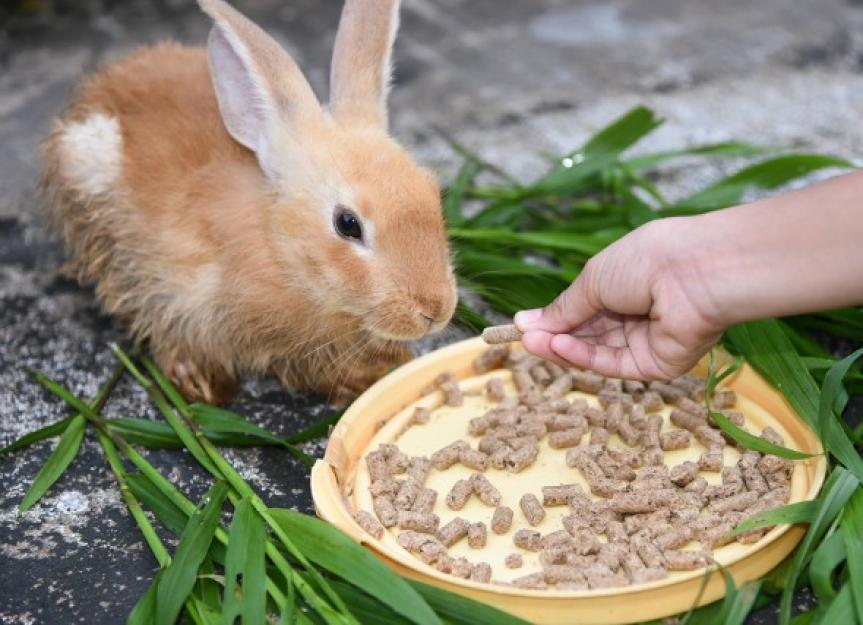Loss of Appetite in Rabbits
Anorexia / Pseudoanorexia
Anorexia is a loss of appetite. Pseudoanorexia, on the other hand, refers to animals that still have an appetite, but are unable to eat because they cannot chew or swallow food. Among this type of anorexia, dental disease is one of the most common causes in rabbits.
Symptoms and Types
There are various symptoms to look out for when you suspect anorexia or psuedoanorexia in your rabbit; among these:
- Refusal to eat
- Fecal pellets that are small in size or amount
- Weight loss
- Pain while swallowing (Dysphagia)
- Pain while eating (Odynophagia)
- Chronic bad breath (halitosis)
额外的临床症状取决于the underlying cause of the condition. For example, signs of pain such as teeth grinding or a hunched posture may point to oral disease -- one particular cause of pseudoanorexia.
Causes
There are many causes that can lead to anorexia or pseudoanorexia. Anorexia may occur due to:
- Stomach ulcers
- Dental diseases
- A metabolic disorder (e.g., kidney failure)
- Cardiac failure
- Infectious disease
- Respiratory disease
- Neurological disease
- Tumor growth
- Poisoning
- Environmental or dietary changes
Conversely, pseudoanorexia may result from any disease that interferes with the rabbit's swallowing reflex. Dental diseases such as gingivitis, diseases of the esophagus, and disorders affecting the jaws or teeth are other causes for pseudoanorexia.
There are also a number of risk factors that may contribute to the development of anorexia or pseudoanorexia, including diets with an inadequate amount of long-stem hay and immediately following a surgical procedure.
Diagnosis
Diagnostic procedures vary depending upon which underlying condition is causing the animal’s refusal to eat. Some possible procedures may include a dental exam, X-rays or ultrasounds (to rule out cardiac or lung disease), and urine analysis. The tests performed will depend on the symptoms observed and the suspected cause of disease. Examining the history of the animal’s environment and diet is also important, as it may reveal any changes that lead to psychological anorexia.
Treatment
Anorexia and pseudoanorexia need to be addressed by treating the underlying cause of the condition. No matter what the cause, it is important the rabbit begins eating again as soon as possible. Most rabbits that haven’t been eating regularly suffer from some degree of dehydration and may require the administration of electrolyte-filled fluids. Some medications may also be helpful.
On the other hand, symptomatic therapy (treatment of anorexia-related symptoms) may entail the reduction of environmental stressors and a change in the rabbit's diet to encourage eating.
Living and Management
The patient’s body weight, hydration status, eating habits, and production of fecal pellets should all be monitored regularly. Owners should also be aware of possible complications that may develop, such as malnutrition.
If any medications are prescribed, they should be administered regularly. While any further post-treatment care will depends on the cause of the disorder.
Prevention
As there are many causes leading to anorexia or pseudoanorexia in rabbits, it is difficult to suggest any specific methods of prevention. However, psychological causes of anorexia (a lack of appetite) may be prevented by making sure the rabbit is not put in any stressful environments, and that it receives a tempting, healthy diet and a clean cage.
Help us make PetMD better
Was this article helpful?
